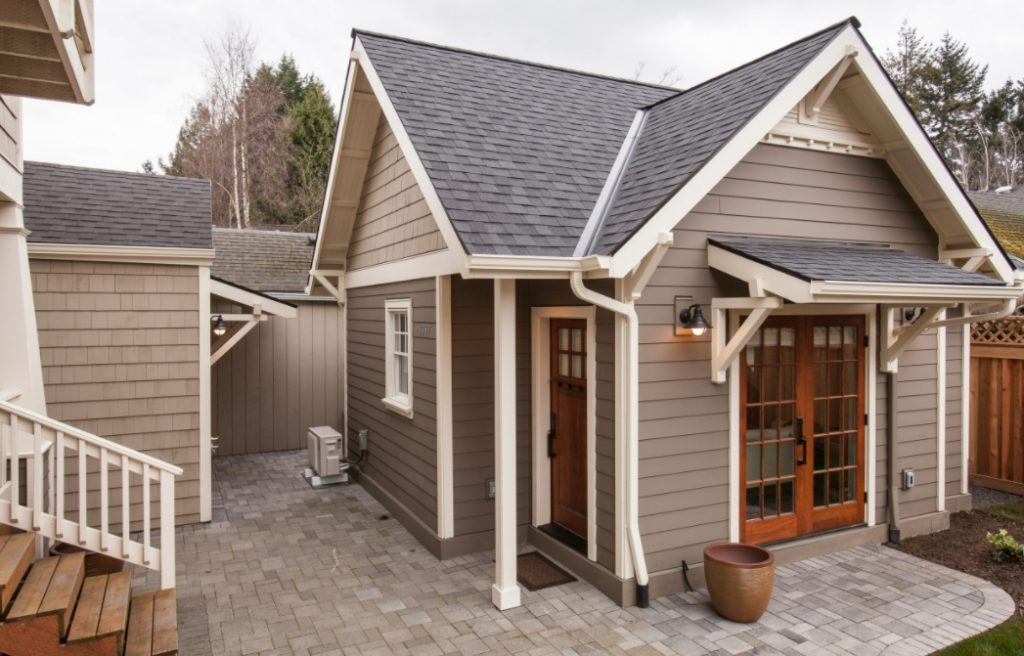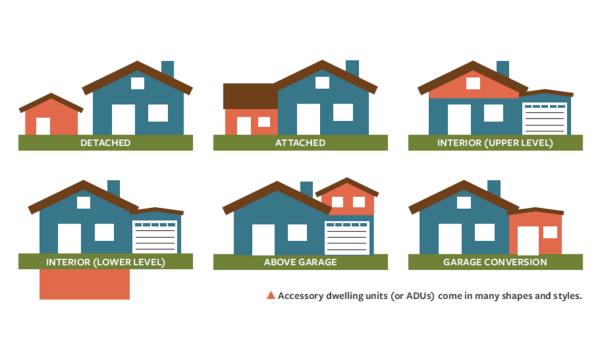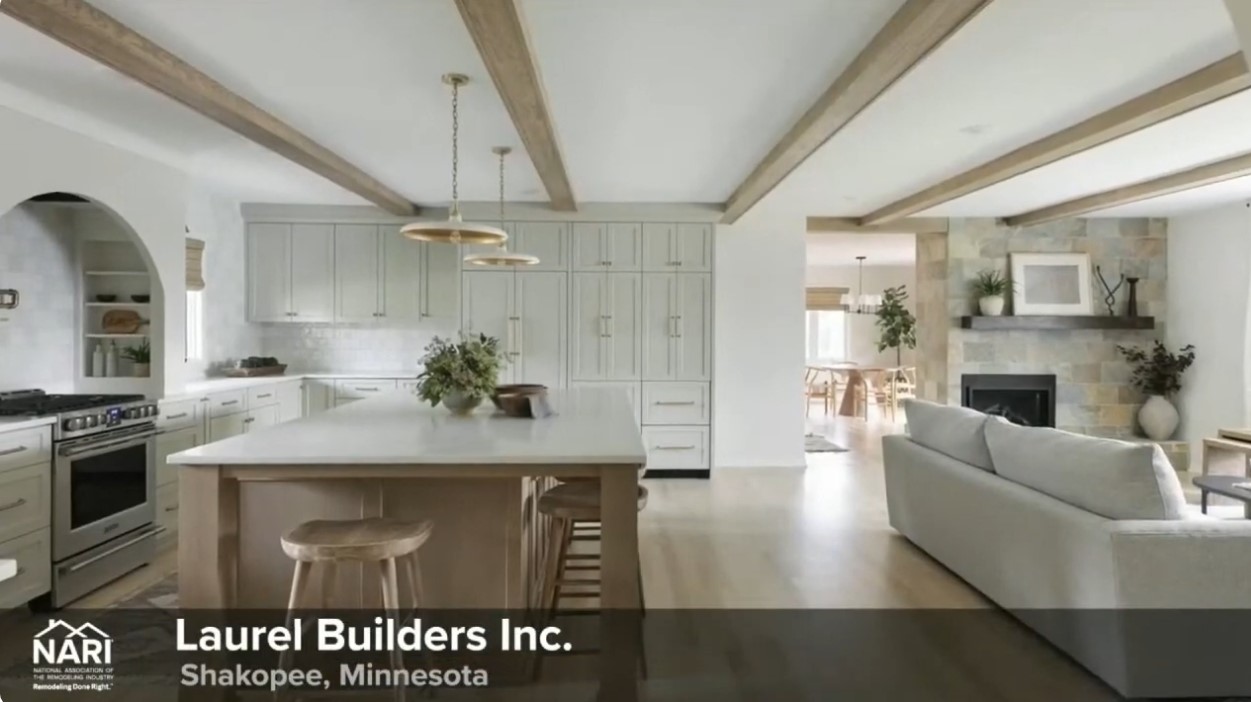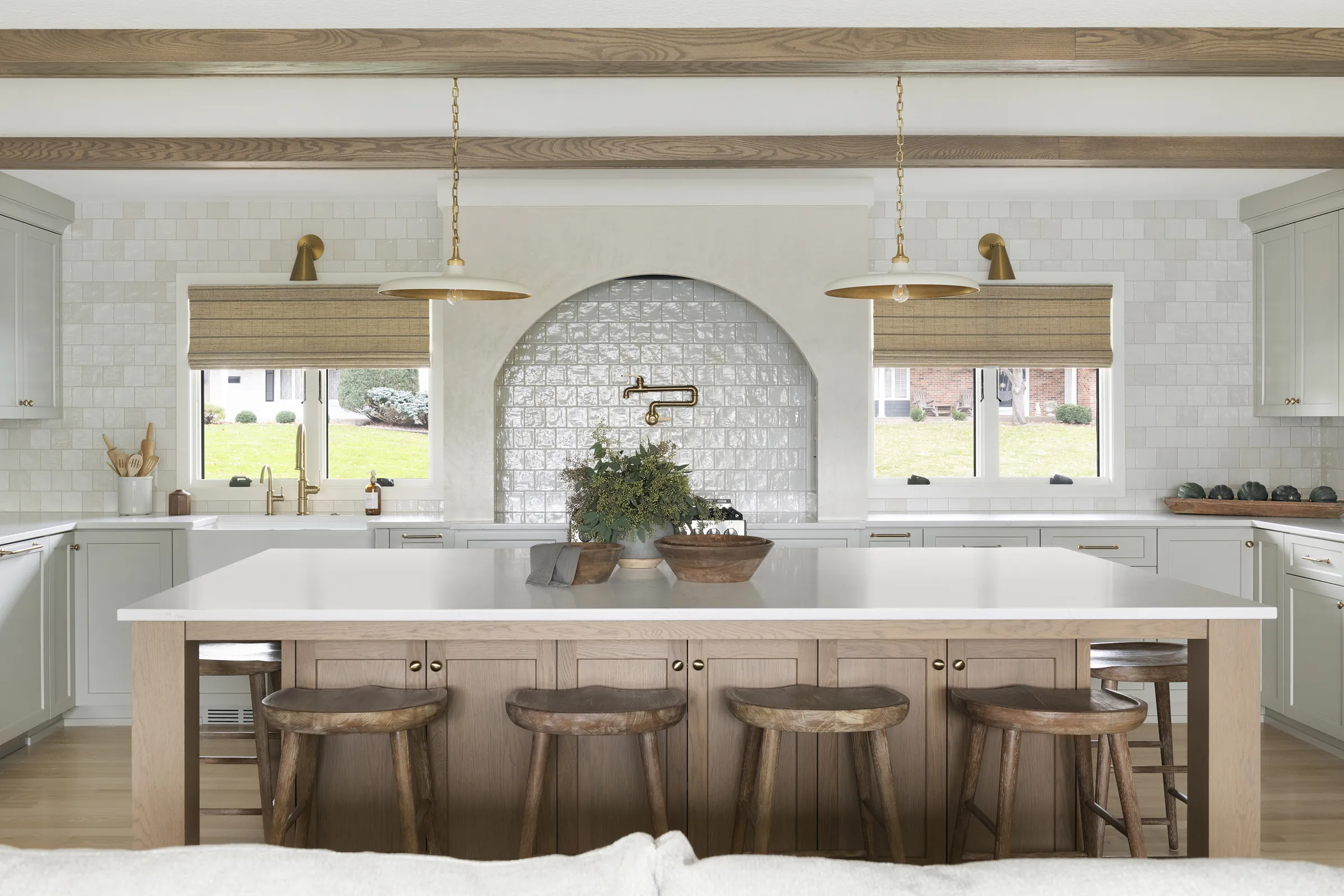What is an Accessory Dwelling Unit (ADU)?
Accessory dwelling units (ADUs) exist on the same property as a primary single-family home, but with a private entrance, complete kitchen (with large appliances), and usable bathroom. An ADU must also must have its own separate and lockable entrance door.
ADUs are known by many names: carriage or coach houses, accessory apartments, garden apartments, mother-in-law suites, granny flats, backyard cottages and secondary dwelling units. Whatever it is called, an ADU is smaller than the primary or main house on the same lot.
ADUs are a wonderful choice for multi-generational living or as a way to generate extra rental income.

Why Build an ADU?
ADUs are a fantastic, multi-purpose living space that can be used for a variety of purposes:
- Aging-in-place for parents or grandparents
- A separate space for young adults living at home – singles, couples, or even a small family
- An at-home space for college students who may be commuting locally or earning a degree online
- A rental property to generate additional income
- A home office or studio
- Adding resale value to a home
Types of ADUs

There are three basic types of ADU’s:
Internal ADUs are located within the structure of the main house, for example, a converted basement or attic. These are generally the least expensive to build.
Attached ADUs share one or more walls with the primary house. These ADUs are commonly constructed as additions or conversions of attached garages.
Detached ADUs are the most visible type of ADU. They are typically the most expensive to build and include freestanding backyard structures, detached garage conversions, same-level additions to a detached garage or above-garage units.
ADU Regulations
Each city has its own rules and regulations around ADUs, which means homeowners must navigate restrictions that vary from place to place. Some specific examples of rules & regulations your city may have in place if it allows ADU’s:
- Require owner occupancy of either the main residence or the accessory dwelling unit
- Requirements for both minimum lot size and minimum and maximum sizes of the accessory dwelling unit
- Number of off-street parking spaces are available
- A limit to the maximum number of occupants
- Height & Distance from main dwelling
- Distance from property lines and other structures
- May require separate utilities (HVAC/water/sewage)
A trusted contractor can help you navigate the rules of an ADU, obtain the proper permits, design a suitable unit, and ensure a smooth building process.
Current Metra Area Cities that Allow ADUs
As ADUs grow in popularity, more and more cities are allowing them. Just because your city isn’t listed here, doesn’t necessarily mean that an ADU isn’t allowed. Contact us today and we will be able to tell you if your city allows for ADU construction and talk to you about the process.
- Apple Valley
- Blaine
- Bloomington
- Burnsville
- Crystal
- Eagan
- Eden Prairie
- Edina
- Falcon Heights
- Farmington
- Fridley
- Golden Valley
- Hastings
- Hopkins
- Inver Grove Heights
- Jordan
- Lakeville
- Long Lake
- Minneapolis
- Minnetonka
- Mounds View
- New Brighton
- Northfield
- Orono
- Plymouth
- Richfield
- Roseville
- Shoreview
- St. Louis Park
- St. Paul
- Stillwater
- Vadnais Heights
- Wayzata
- West Lakeland
- White Bear Lake



